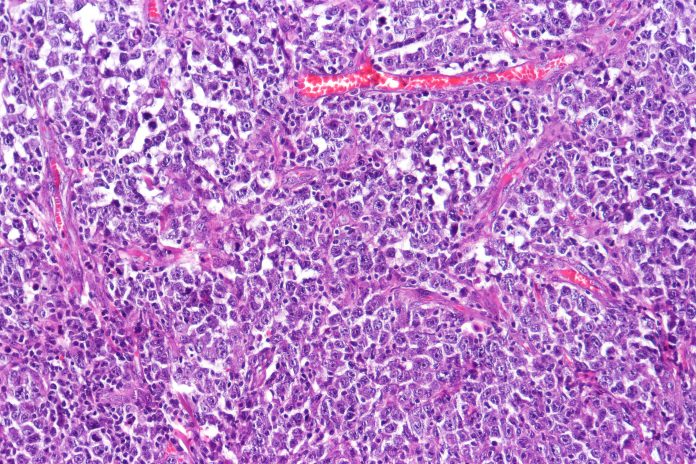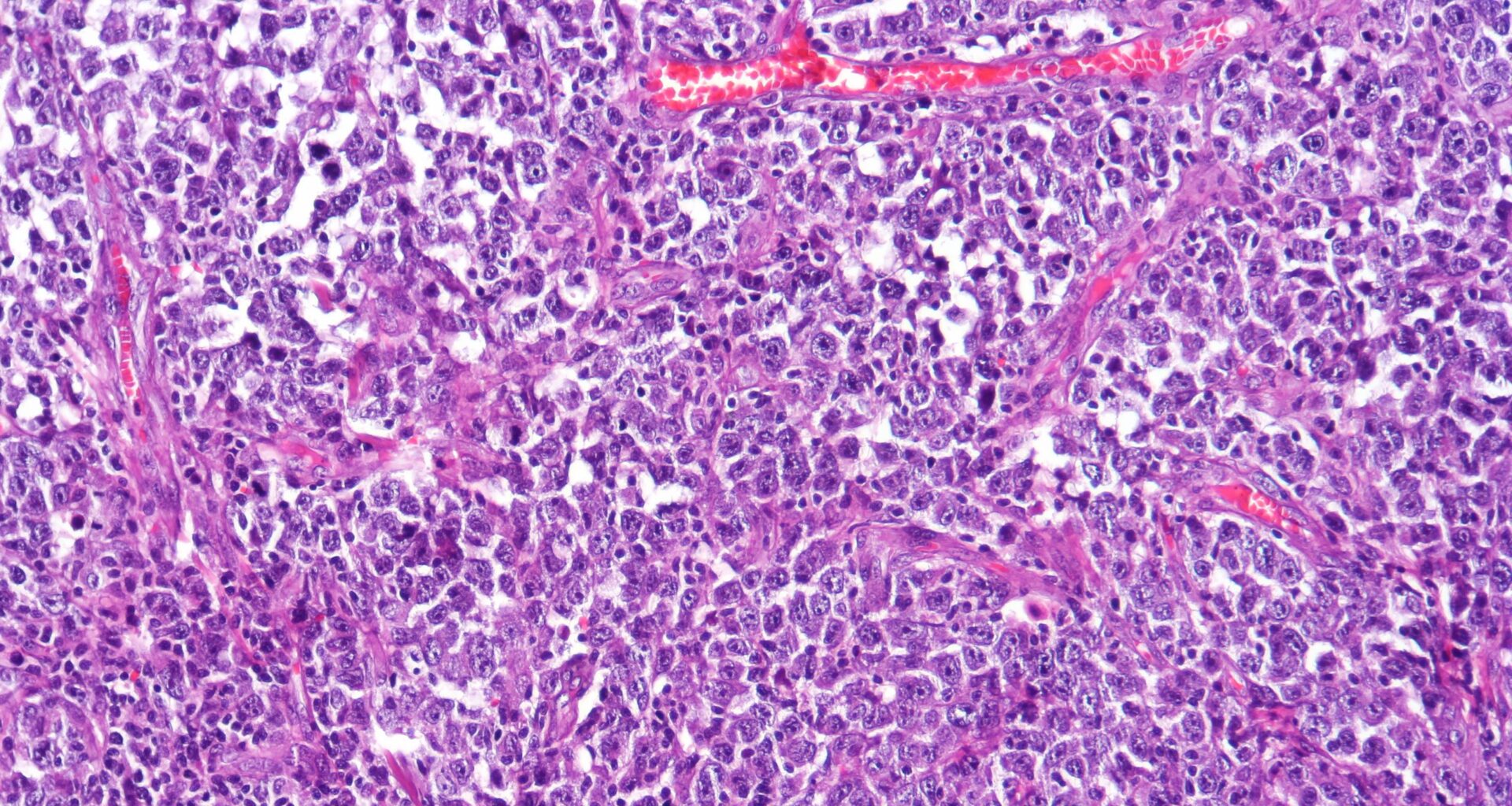 Credit: CoRus13 via Wikimedia Commons
Credit: CoRus13 via Wikimedia Commons
A team of Australian researchers has identified a set of genes that encode the GATOR1 protein complex as instrumental in the suppression of lymphoma. The research, published in Nature Communications, used CRISPR/Cas9 to develop an in vivo screen of MYC-driven lymphoma in mouse models to show that the loss of NPRL3, DEPDC5, or NPRL2 in the GATOR1 complex significantly accelerates lymphoma development, providing new targets for developing treatments.
“This finding contributes to the expanding landscape of targetable vulnerabilities in this disease context. Our results highlight the nuanced differences in cancer dependencies that can emerge when distinct upstream alterations converge on a shared signaling pathway,” the researchers wrote.
The study was a collaboration between the Olivia Newton-John Cancer Research Institute (ONJCRI), the Walter and Eliza Hall Institute of Medical Research (WEHI), and the Peter MacCallum Cancer Centre. The investigators focused on MYC because it is a well-known oncogene that is activated in about 70% of human cancers. While MYC has long been considered a potential therapeutic target, efforts to inhibit it are challenging since it plays an important role in a number of cellular functions including cell growth, proliferation, metabolism, and differentiation. To find work around these potential treatment challenges, the researchers instead aimed to identify downstream vulnerabilities that cooperate with MYC in driving tumorigenesis.
For their research, the investigators used primary hematopoietic stem and progenitor cells (HSPCs) from transgenic mice that overexpress the oncogene MYC. These cells were transduced with a genome-wide single-guide RNA library targeting more than 75% of known genes and then transplanted into mice for the development of lymphoma.
The screen showed that GATOR1, a complex that regulates mTORC1 signaling and acts to inhibit cellular growth, is also a potent tumor suppressor. Loss of GATOR1 leads to hyperactive mTORC1 signaling and increased cellular metabolism, which increase the rate of lymphoma development.
“The best thing about performing a well-designed CRISPR screen is that you will always find something. Our unbiased screening approach looked at all genes, rather than just a subset of them,” said study co-leader Margaret Potts, PhD, a postdoctoral research scientist at ONJCRI. “By not limiting our investigation to known pathways, we found expected as well as unexpected tumor suppressor genes and pathways, such as GATOR1.”
The findings have important implications for the development of new precision therapy approaches for lymphoma and, perhaps, other cancers. Existing mTOR inhibitors have shown limited efficacy with patients often developing resistance. However, second generation mTOR inhibitors are showing some success in overcoming resistance mechanisms. There is a growing body of evidence suggesting that identifying genetic alterations, such as those found in GATOR1, that sensitize tumors to mTOR inhibition could be a viable precision treatment approach. “Our paper begins the exploration into this precision medicine opportunity,” Potts noted.
Analysis of human cancer genome databases showed that low expression of GATOR1 components is correlated with poor survival in patients with B-cell lymphoma. Further, mutations in GATOR1 components and the tumor suppressor p53 were mutually exclusive in both murine and human models, suggesting that GATOR1 loss may serve a similar role to p53 loss in enabling tumor development.
Future research will now search for the mechanisms through which GATOR1 loss promotes metabolic reprogramming in cancer cells and will also explore whether GATOR1 status is a viable biomarker to stratify patients for mTOR inhibitor therapies.
The investigators acknowledged a couple of limitation in their study. First, because the mouse model used develops monoclonal lymphomas, only one dominant gene knockout could be identified per animal, which the number of hits found. Second, sgRNAs targeting p53 may have outcompeted other tumor suppressors in the screen.
Despite these limitations, the researchers nonetheless validated a number of novel tumor suppressors, confirming the viability of their in vivo screening tool. Because of this, the platform could have a broader use in other tissues and oncogenic drivers.

